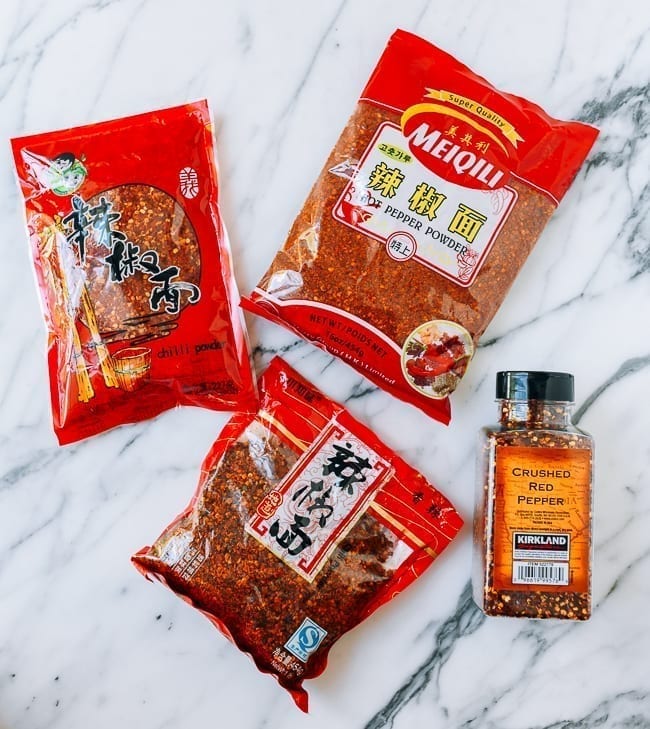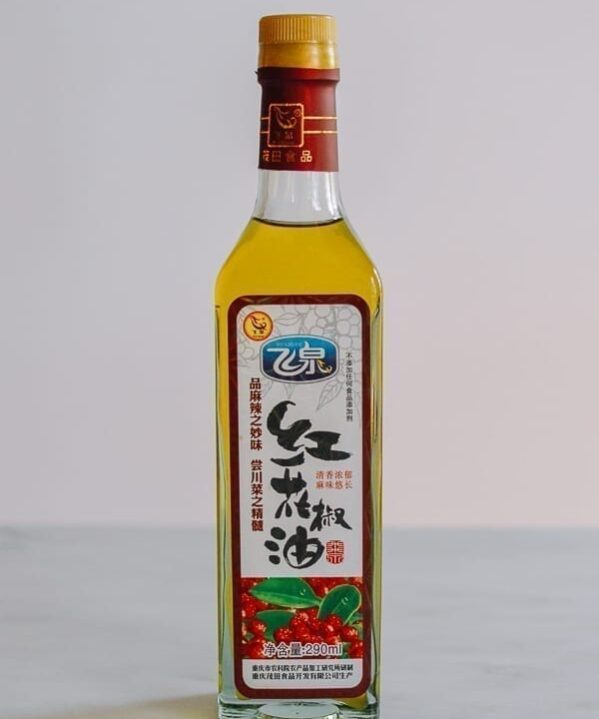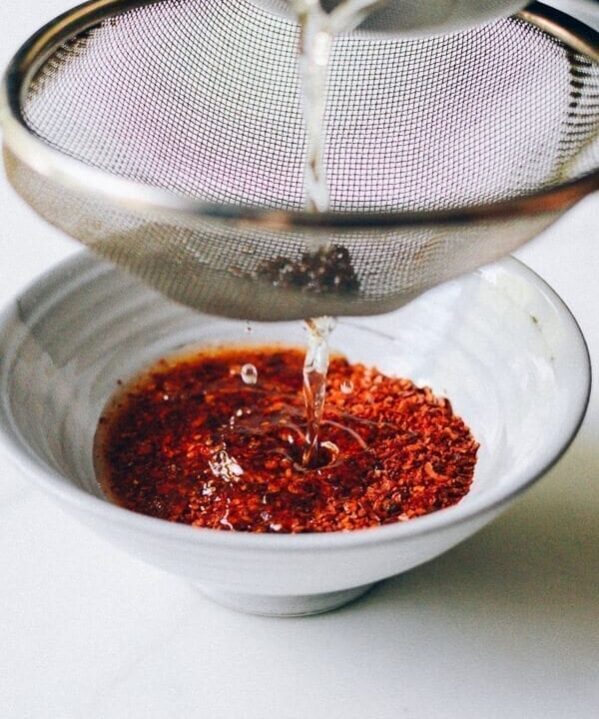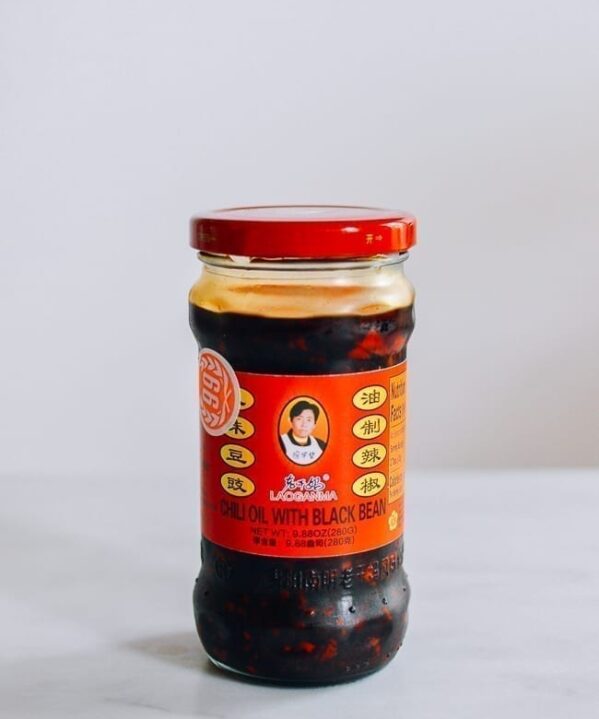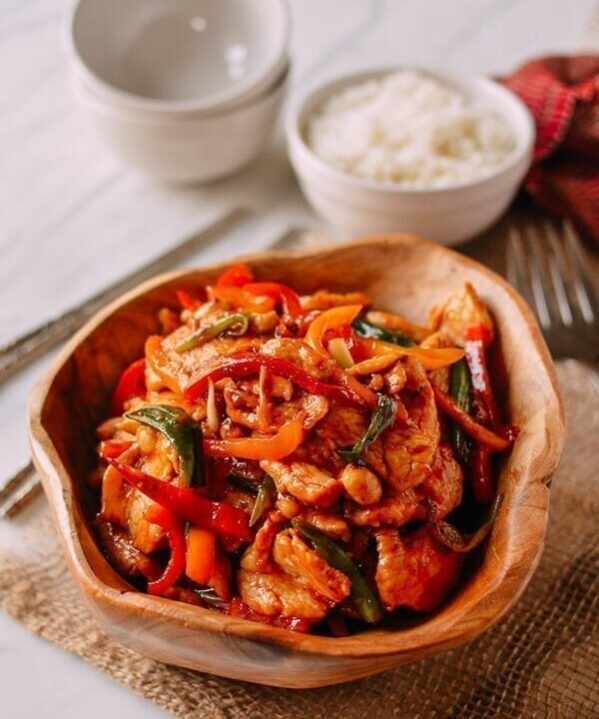Visit just about any pizza parlor or casual Italian eatery in the United States. You’ll find a jar of crushed red pepper flakes on the table alongside the salt and pepper. This “pizza pepper” may come to mind when you hear the phrase “red chili flakes” or “crushed red pepper.” But the Sichuan chili flakes in our spice cabinet are a whole different ball game. Many of our favorite recipes simply wouldn’t be the same without them.
Let’s talk more about what this ingredient is, and how to use it.
What Are Sichuan Chili Flakes?
Chinese Sichuan chili flakes, or làjiāo fěn (辣椒粉), start out as spicy red chili peppers. Varieties include small “Facing Heaven” peppers (named for how they grow pointed skyward) or the slightly milder er jin tiao peppers popular in Sichuan Province.
The seeds of a chili pepper are a main source of its heat, so make no mistake: this spice can pack a punch. Adding a dash or two is a quick way to crank up the heat of a recipe.
However, Sichuan chili flakes do tend to be a bit milder than standard Italian crushed red pepper. They’re also more vividly red and aromatic. (Think: the nuttiness of popcorn.) This is key for some of their most common applications.
All that said, there is some variation even among Sichuan chili flakes. Some chili flakes will be dry ground and less roasted. Others will be fried in oil before grinding and will have a higher moisture content. Either one will work beautifully for all of our recipes, just be mindful of oil temperatures when using them.
You can see in the picture below that all of these chili flakes vary in coarseness, roast-level (the right-hand bag is more deeply roasted), and moisture content (the middle bag is less dry).
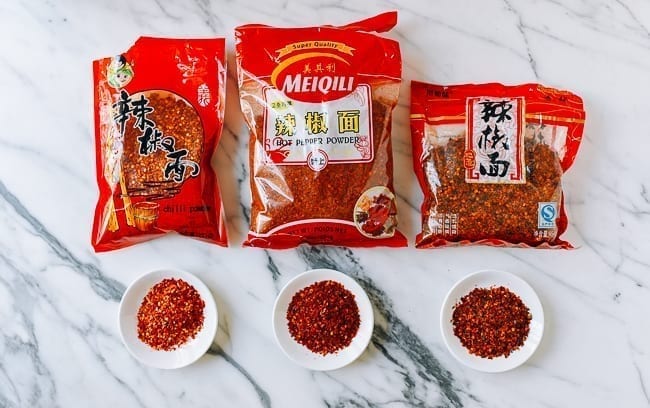
How To Use Them
While they make a great seasoning on their own, Sichuan chili flakes are also essential to Chili Oil. We have no shame in how much we use this stuff! We sometimes use both chili oil and Sichuan chili flakes to spice up recipes like our Lanzhou Beef Noodle Soup.
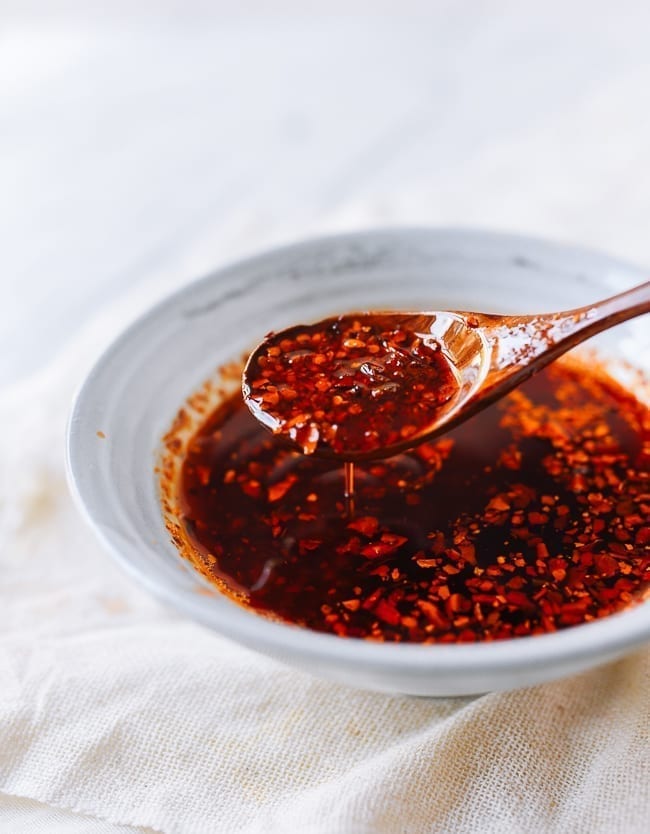
In addition to making chili oil, they are also critical to Chiu Chow Chili Sauce. With plenty of garlic, soy sauce, and sugar to balance out the heat, it can turn any dish into something extraordinary.
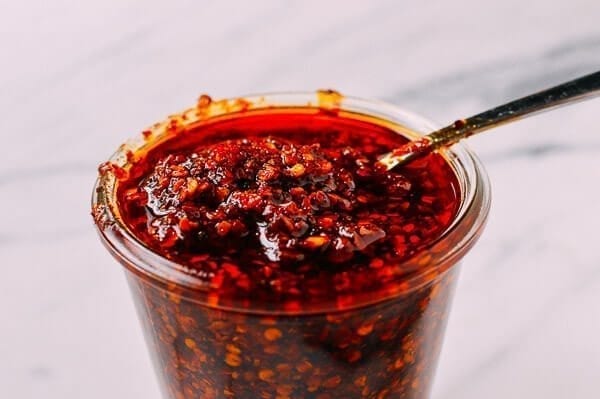
Naturally, red chili flakes also show up in countless classic Sichuan dishes. Some examples include Suan Ni Bai Rou (sliced pork with garlic sauce) and Sichuan Boiled Beef, which is incredibly delicious despite its ho-hum name.
Our recipe for Kou Shui Ji (literally “saliva chicken” because of how mouth-wateringly delicious it is) is not quite as spicy as the version you’d find in Sichuan Province. But it still serves up that distinctive ma la (spicy-numbing) flavor profile thanks to the combination of chili and Sichuan peppercorns.
Red chili flakes, ground Sichuan peppercorns, and cumin also form the trifecta of Xinjiang spices. These flavors are perfect for everything from Spicy Fried Chicken Wings to Cumin Lamb Burgers and our great vegan/vegetarian alternative, Cumin Potatoes.
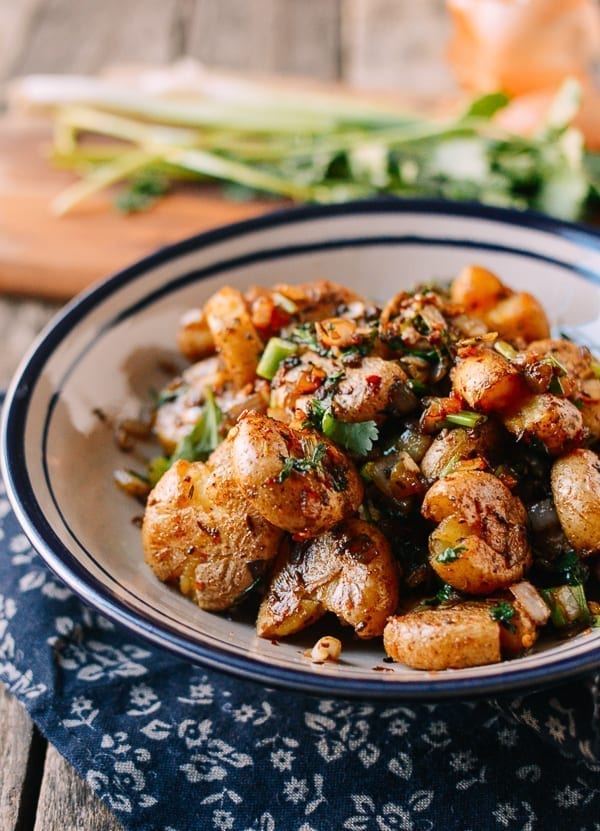
Buying & Storing
You can purchase Sichuan red chili flakes at Chinese grocery stores. You can also find them online from Asian grocery merchants like sayweee.com and The Mala Market. The Mala Market in particular sources their Sichuan Chili Flakes directly from small producers in China.
When you open a fresh package, transfer them to an airtight container for long-term storage.
When properly stored in a cool, dry place (like your pantry), they will last for two to three years.
We’ve also gotten questions over the years about growing and drying your own chilies. We’ve not yet done this, but rest assured we have aspirations for our home garden and hope to one day post detailed instructions!
Substitutions for Sichuan Chili Flakes
In short, there is no replacement for Sichuan chili flakes. But if you’re truly hard-pressed, consider these:
Italian crushed red pepper can be used in a pinch. However, the chilies used for “pizza pepper” are usually roasted longer before crushing. As a result, Italian crushed red pepper doesn’t offer the vibrant red hue or flavor characteristic of the Sichuan version. Cooking them in oil can also result in a slightly burnt taste.
Many folks accidentally use Korean chili flakes or powder, which are not at all spicy. If you use these, your results will not be anywhere close to the Chinese version (which isn’t to say that you won’t get a pleasant chili oil that you enjoy).
All of that is to say—we definitely suggest sourcing Sichuan chili flakes online! In the past couple of years, they have become much more widely available, at least in the U.S.
Our Favorite Recipes That Use This Ingredient
Homemade Chili Oil
Homemade Chiu Chow Chili Sauce
Sichuan Boiled Beef (水煮牛肉 – Shuizhu Niurou)
Cumin Potatoes
Spicy Fried Chicken Wings
Lanzhou Beef Noodle Soup
Sichuan Chicken In Chili Oil Sauce (Kou Shui Ji)
